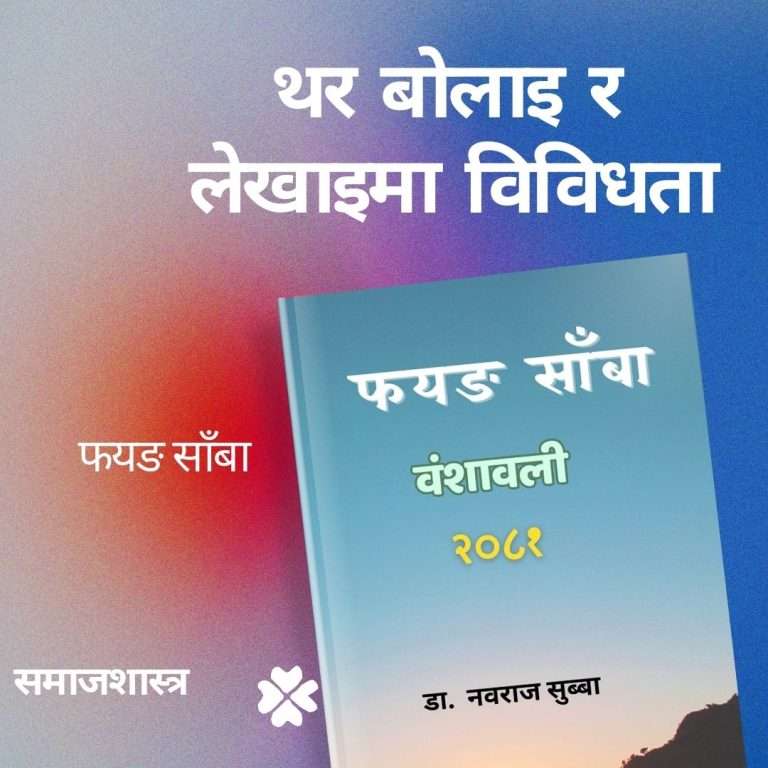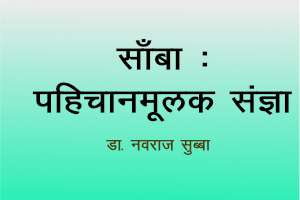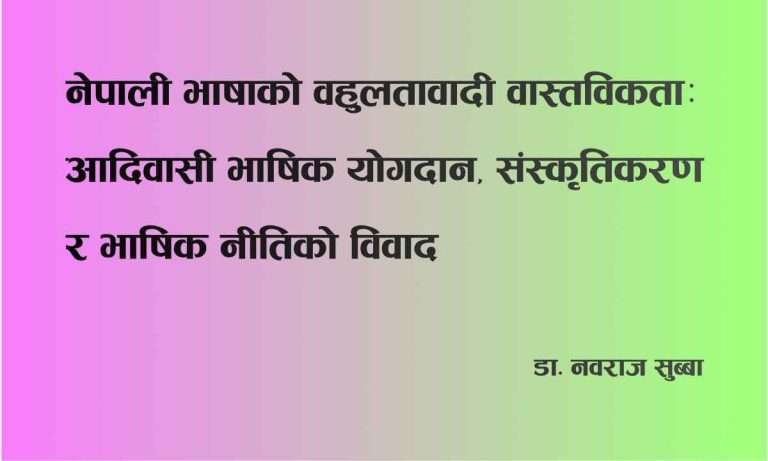An Analysis of the Kirat Limbu Traditional Beliefs and Culture.
Dr. Nawa Raj Subba~
Abstract:
The review article provides an overview of the cultural developments of the indigenous Kirat Limbu community. The report comprehensively analyzes verifiable facts and evidence. It considers cultural, linguistic, historical, archaeological, and anthropological viewpoints. According to the Sanskrit book Yoginitantra, Kirat Limbu originated in Kushdesh, Africa. Persian history identified traces of Kirat Limbu’s ancestors in Mesopotamia. Linguistic evidence also connects Kirat Limbu’s ancestors to the Mesopotamian Lepmu race, which parallels Greek mythology. The history demonstrates that Kirat from that region with Shiva/Saba. They arrived at Saptasindhu and developed the Sindh-Harappan civilization, uncovered in excavations. They worshipped Shiva, Pashupati, and Shakti. Mundhum claims that their journey to Nepal took place via India’s Ganga lowlands and Tibet China. When they first arrived in Himalayan Nepal, their beliefs were Shaiva and Shaivatic-Bon. Hinduism developed after Aryan accepted Shaiva, renamed Sanatan, and introduced the Brahmin-dominated caste system. As a result, some Kirats became Hindus (Kshatriya). Kashi Limbu abolished wearing the threads Janai and Kshatriya castes for Kipat right but retained native Shivaism under the Yahang, Thebasam, Mundhum, Sattehang, and other names. Another branch imported Buddhist-Bon from Tibet to Nepal under Yuma/Lhasahangma. Thus, the Kirat Limbu beliefs and culture have evolved due to reciprocal influence and assimilation.
Article Link




